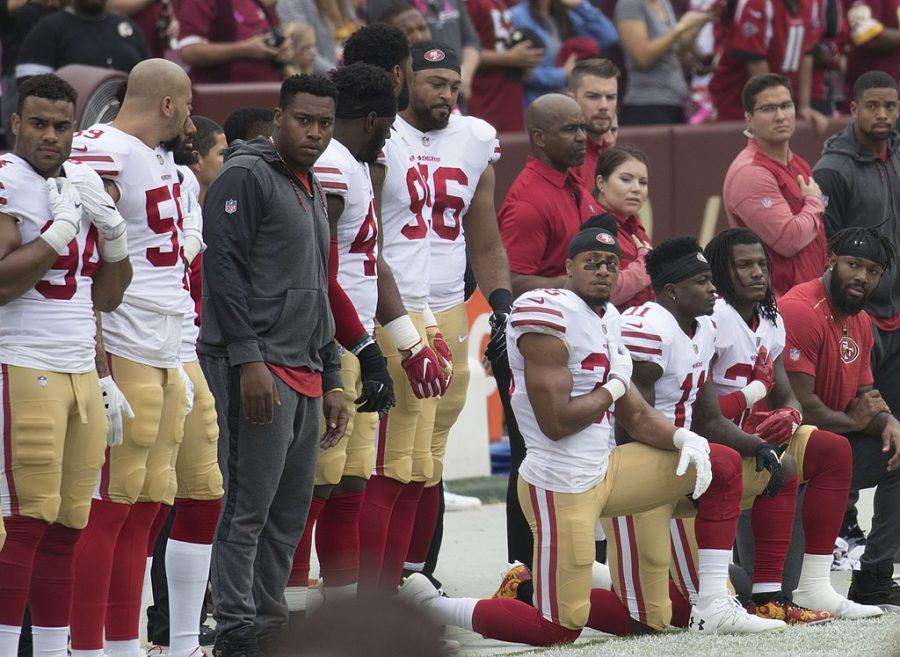
I walk quickly through the crowd avoiding any eye contact. Whenever I meet the eyes of another person, the look I receive in return suggests that I am someone dangerous, that I am going to pull out an explosive from under my shirt, or perhaps throw my half-eaten chocolate bar, which conceals a bomb, and the whole airport will be blown to bits.
I am 13, and the day is September 11, 2009. And I am a Muslim girl walking through an American airport.
That whole event represents the paranoia through which many people view Muslims–even little kids at the airport. It was the same paranoia that led to protests last year against the Muslim holiday Eid-ul-Fitr, which coincidentally fell near September 11, backed by the ridiculous idea that while Americans would be mourning, Muslims would be celebrating.
People possess this paranoia because of the actions of extremists who say they represent Islam, such as the Taliban and Al Qaeda. But more often than not, these groups misrepresent Islam. As a Muslim myself, I can say that most of those who carried out the attack on September 11, 2001, may have been Arab, but they weren’t Muslim; their actions don’t reflect the actual teachings and basis of Islam.
What most people don’t understand is why the Taliban are so oppressive. Their main goal is to make everyone pure. Think about Hitler, who wanted to create a dominant race, or Lord Voldemort who wanted everyone to be pure-blooded wizards. The Taliban want people to be extreme Muslims, like them. They think anything else is impure. But turning everyone into pure Muslims isn’t easy, so they turn to Al Qaeda for help and all of those other crazy bombers you hear on the news these days. If you think about it, which is easier? Trying to persuade everyone to be pure, or to just drop a bomb on everyone who’s not Muslim? And ironically, they’re breaking one of the most important rules: Muslims are not allowed to force other people into Islam, and this is where the misrepresentation takes place.
Through all this chaotic stereotyping and intolerance, the majority of people aren’t aware of Muslim culture, nor do they understand the basis of Islam. Let’s jump back to the protests last year about Eid-ul-Fitr. It is the most revered holiday in Islam, symbolizing the triumph that Muslims have after finally making it through 30 days of rigorous fasting in the month of Ramadan; it’s like a trophy at the end of a marathon. It symbolizes the ability to practice self control, to tell yourself “no,” no matter how hungry or thirsty you are or when you have a chance to secretly sneak food into your mouth when no one’s looking. Eid is the day of festivity, the day where everyone dresses their best, goes to the mosque for prayer, and hugs as many people as they can. If people take the time to filter out the stereotypes, they can see that all the protesting against Eid was for no apparent reason. It was only hug day, after all. Through Eid, everyone can realize that Islam is nothing to be afraid of.
Arguably, the Taliban and Al Qaeda could be the one to blame for these misconceptions; their extremist ways provide the foundation for prejudice. The whole world sees them torturing non-Muslims and murdering thousands, and they perceive that all Muslims have a hand in it.
If everyone just stops for a second and push through the veil of lies, they will be able to view what is truly there in the heart of Islam: peace, humanity, and purity.


